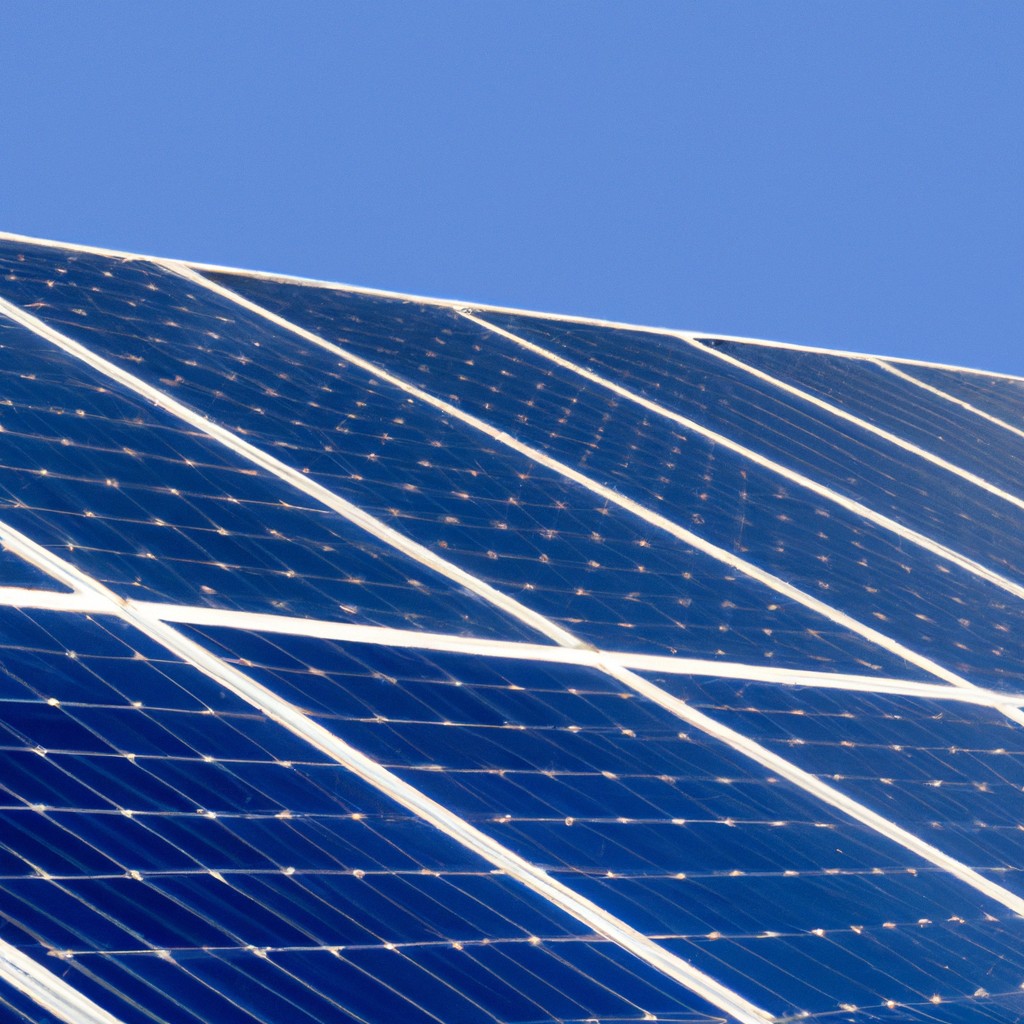In this article, you will learn about the components and processes involved in how solar panels convert sunlight into electricity through a straightforward diagram.
Key takeaways:
- Solar energy operates on the premise that sunlight contains energy.
- Solar panels are made up of silicon cells that absorb photons from sunlight.
- The photovoltaic effect releases electrons, creating an electric current.
- Inverters convert DC electricity from solar panels into AC electricity.
- Solar panels can integrate with the electrical grid and include battery storage.
Basic Principles of Solar Energy

Solar energy operates on the premise that sunlight contains energy. When photons, or light particles, strike a surface, they transfer their energy to that surface. This process is a natural phenomenon exploited by solar panels to produce electricity.
At the core of solar energy utilization is the photovoltaic effect. This effect occurs when photons are absorbed by semiconductor materials such as silicon, which is used in most solar cells. The absorption of photons provokes the release of electrons from their atomic orbits within the semiconductor, creating a flow of electrical current.
Crucially, solar energy is both renewable and abundant. The sun delivers more energy to the earth in an hour than the entire world consumes in a year, making it a vast, untapped reservoir of clean power. This sustainability aspect is a driving force behind the increasing adoption of solar panels in both residential and commercial settings.
Solar power generation does not produce greenhouse gases, which means it has a minimal environmental footprint. As technology advances, the efficiency and effectiveness of solar panels continue to improve, making solar energy a cornerstone in the pursuit of renewable energy solutions.
Composition of Solar Panels
Solar panels, also known as photovoltaic (PV) panels, are constructed from many individual solar cells made primarily of silicon. These cells are organized in a grid-like pattern on the panel’s surface. There are two layers of silicon, which are treated so that one layer becomes positively charged and the other negatively charged, creating an electric field.
Each solar cell has a top layer coated with a material that absorbs light efficiently, while the bottom layer has a reflective surface. When sunlight strikes the silicon cells, photons from the light knock electrons free, initiating a flow of electric current.
To protect and insulate, the solar cells are sandwiched between a layer of glass on the top and a durable backing on the bottom. The entirety is framed in metal, typically aluminum, which provides a sturdy structure that allows for easy installation and weather resistance.
The interconnected cells can generate DC (direct current) electricity as sunlight activates them, which will then be converted into AC (alternating current) for household use. The number of cells and the efficiency with which they operate largely determine the overall output of the solar panel.
Conversion of Solar Energy to Electrical Energy
Solar panels comprise numerous small units called photovoltaic (PV) cells, which are responsible for the energy conversion process. Each cell contains a two-layer structure primarily made from silicon. When sunlight hits the PV cells, photons from the light dislodge electrons in the atoms of the silicon layer.
A built-in electric field across the layers propels these freed electrons into motion, creating an electrical current. This phenomenon is known as the photovoltaic effect. Wires capture and direct this current to an inverter, ultimately generating electricity that is usable for homes and businesses.
In summary, sunlight’s energy, in the form of photons, facilitates the release of electrons in PV cells, resulting in an electric current—a process that transforms the sun’s radiant power into usable electrical energy.
Function of an Inverter
An inverter plays a critical role in a solar power system by transforming the direct current (DC) electricity generated by solar panels into alternating current (AC) electricity. This conversion is vital because most home appliances and the electrical grid operate on AC power.
The inverter is also responsible for optimizing the power output from the solar panels. It ensures that the electricity produced is at an appropriate voltage and frequency for use in domestic settings or for export to the grid. Additionally, sophisticated inverters can provide data monitoring for the system’s performance, displaying information such as energy production and system health.
Inverters come in various types, including string inverters, which connect to a series of panels, and microinverters, which are installed on individual panels. Microinverters allow for panel-level optimization, which can be beneficial in scenarios where solar panels may experience shading or have different orientations.
The longevity and efficiency of an inverter are crucial, as it continuously operates throughout the solar system’s lifespan, typically warrantied for 10 to 25 years. Investing in a quality inverter is essential for maintaining the overall efficiency and reliability of a solar power system.
Solar Panel Integration With Home Energy System
Once solar panels convert sunlight into direct current (DC) electricity, the system must integrate this energy into the home’s electrical grid, which uses alternating current (AC). An inverter, a critical component of solar installations, performs this conversion from DC to AC, enabling the generated electricity to be used by household appliances.
The solar energy system also connects to a home’s electrical panel (or breaker box), which distributes electricity to different rooms and appliances. If a solar system produces more electricity than a home uses, the excess can be fed back into the power grid, commonly known as net metering. This process can provide credits on electricity bills, depending on local policies.
Moreover, to ensure a home maintains power during an outage or when solar production is low, solar energy systems can include battery storage. These batteries store surplus energy produced during peak sun hours for use at night or on cloudy days, thus enhancing energy independence and reliability.
For optimal performance and safety, it’s imperative to have a qualified electrician or a certified solar installer undertake the integration task, to ensure the solar panel system complies with local electrical codes and grid connection requirements.




